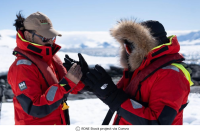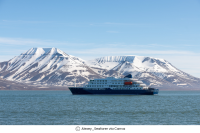-
Wildlife Encounters in the Antarctic
Antarctica is an expansive, frigid realm where miles upon miles are cloaked in an ethereal, icy beauty. And, within this thrives a wildlife that is uniquely adapted to survive in this extreme environment. The wildlife in this polar desert offers an exclusive glimpse into a world where resilience and elegance coexist in delicate harmony. Exploring Antarctica is not merely a journey through ice-toned landscapes. It's an immersive journey into a land where life has found its own extraordinary balance amid the unyielding cold. Prepare to be mesmerized as you encounter the exceptional inhabitants of this frozen continent, each one a testament to the adaptive nature of life.
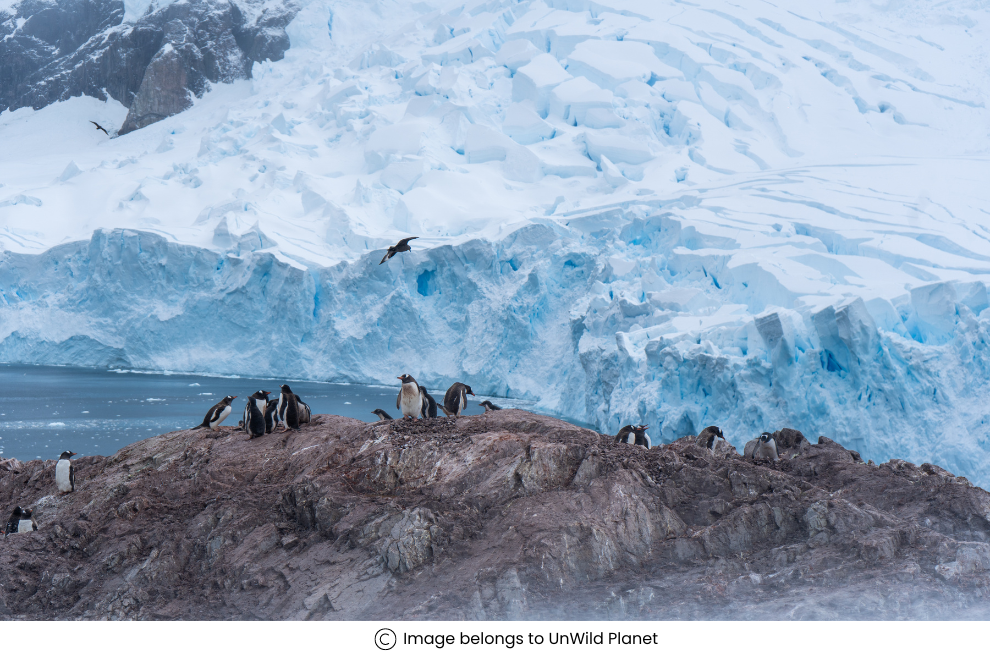
Some of the wildlife that call this snowy land their home include:
Penguins: An Elegant Ballet on Ice
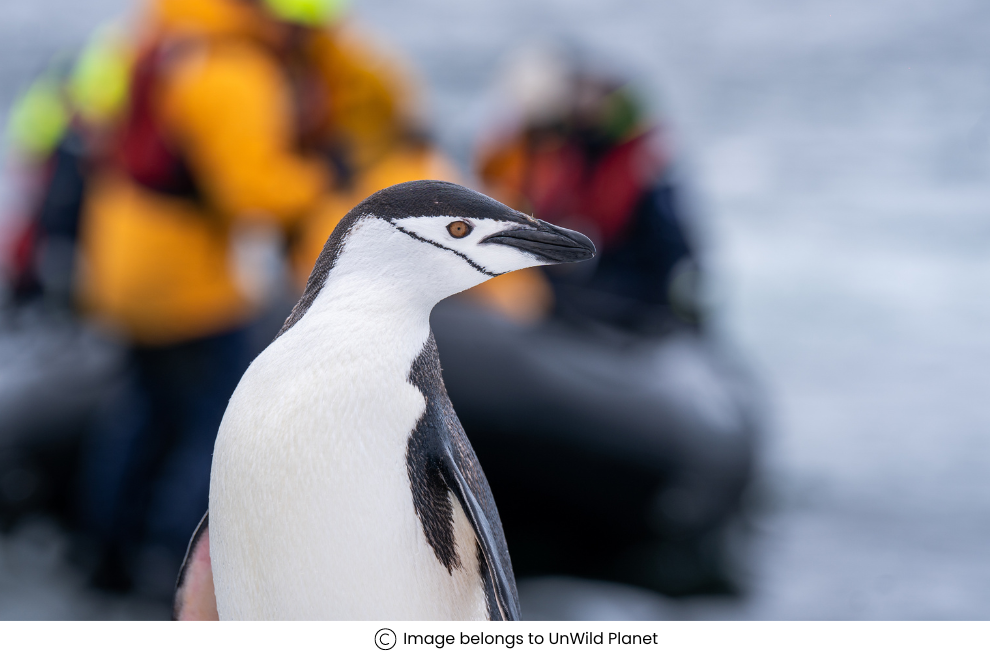
These charismatic, flightless beings gracefully travel through Antarctica, exemplifying a captivating blend of elegance and awkwardness. With their distinctive tuxedoed bodies and webbed feet, penguins move with an enchanting waddle that defines the poetry of their existence. Their aquatic prowess shines as they plunge into frigid Antarctic waters, skilfully hunting for small fish, crabs, and krill.
-
Emperor Penguins: Monarchs of the Antarctic Kingdom
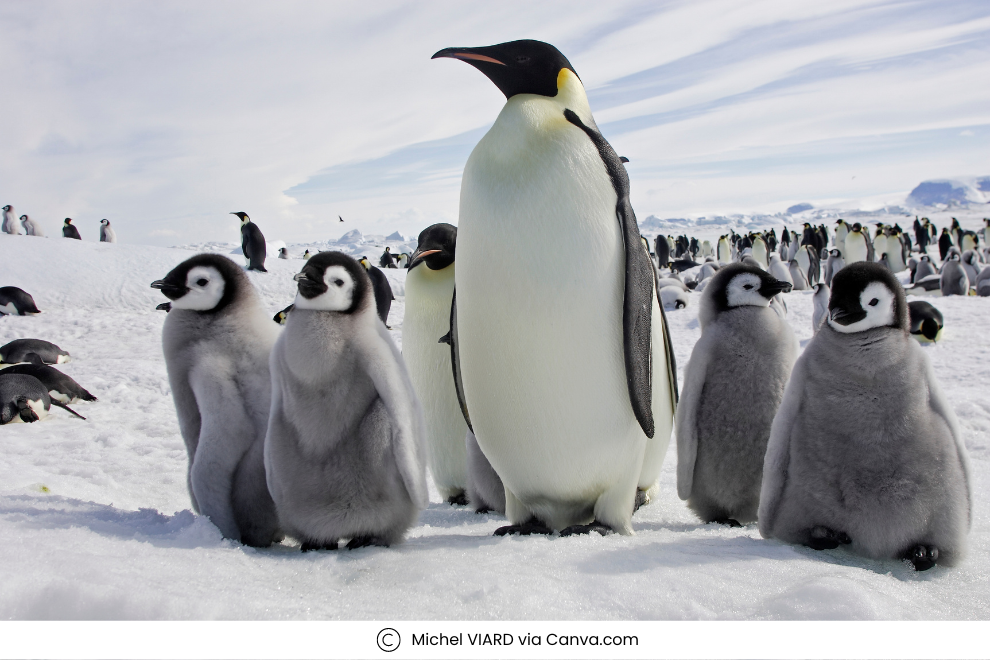
Among the various penguin species inhabiting Antarctica, the Emperor penguin and the Adelie penguin stand out with their unique characteristics and lifestyles. The Emperor penguin, the largest of its kind, is regal and stoic, enabling it to endure the harshest conditions while nurturing its chicks in freezing climates. With the ability to stay submerged for an impressive 22 minutes, these majestic creatures boast a lifespan of up to 50 years.
-
Adelie Penguins: Socialites of the Antarctic Colony
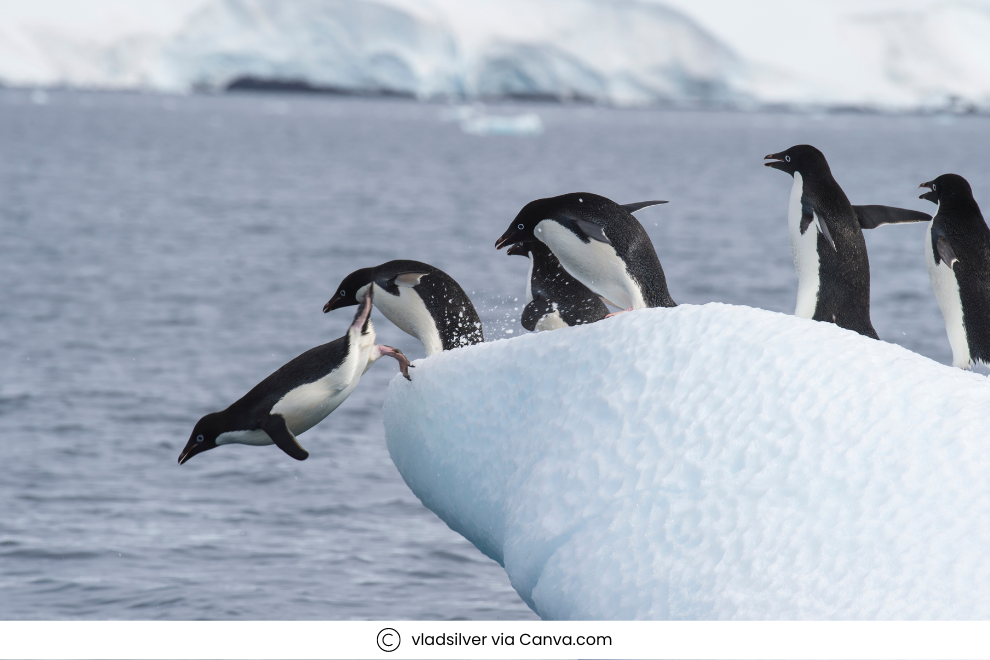
Contrasting the grandeur of the Emperor penguin, the Adelie penguin, a more moderately-sized counterpart, thrives on social interactions within its colony. These boisterous and curious beings move in groups, their antics resembling feathered balls tumbling over icy surfaces. Witnessing their lively interactions provides a delightful spectacle against the backdrop of the Antarctic wilderness.
-
Optimal Penguin Viewing: Seasons of Courtship and Chirps
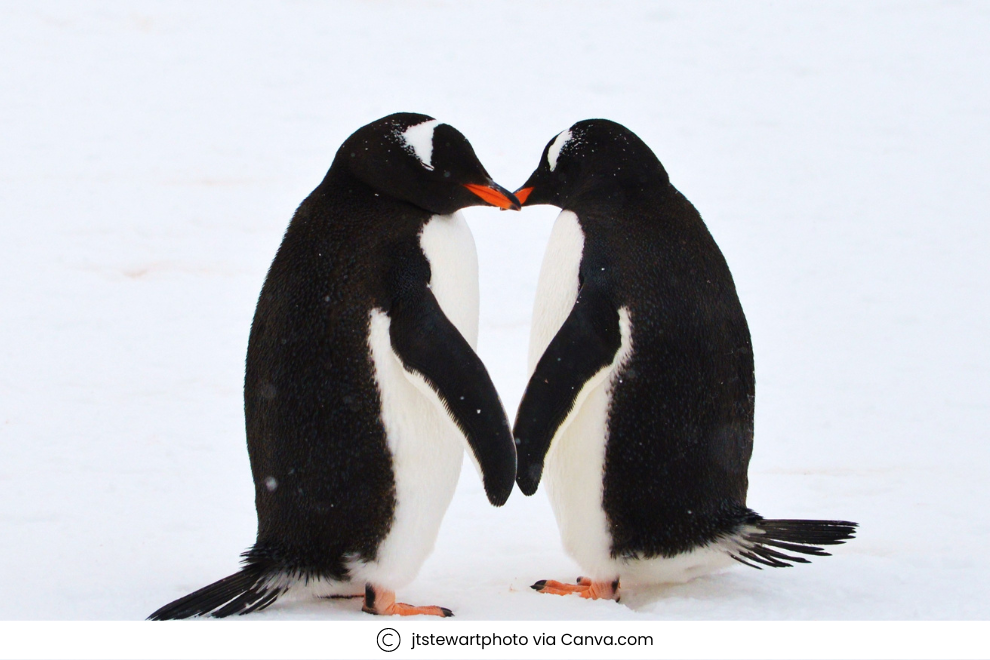
For travellers seeking a rendezvous with these captivating creatures, the Austral spring and summer, spanning from October to February, offer prime opportunities. During these months, penguins engage in courtship rituals and egg-laying activities, spending more time on land. Both Emperor and Adelie penguins, despite their shared tuxedoed allure, differ significantly in size, showcasing the fascinating diversity within the penguin population.
Antarctic Whales: Giants Beneath the Ice
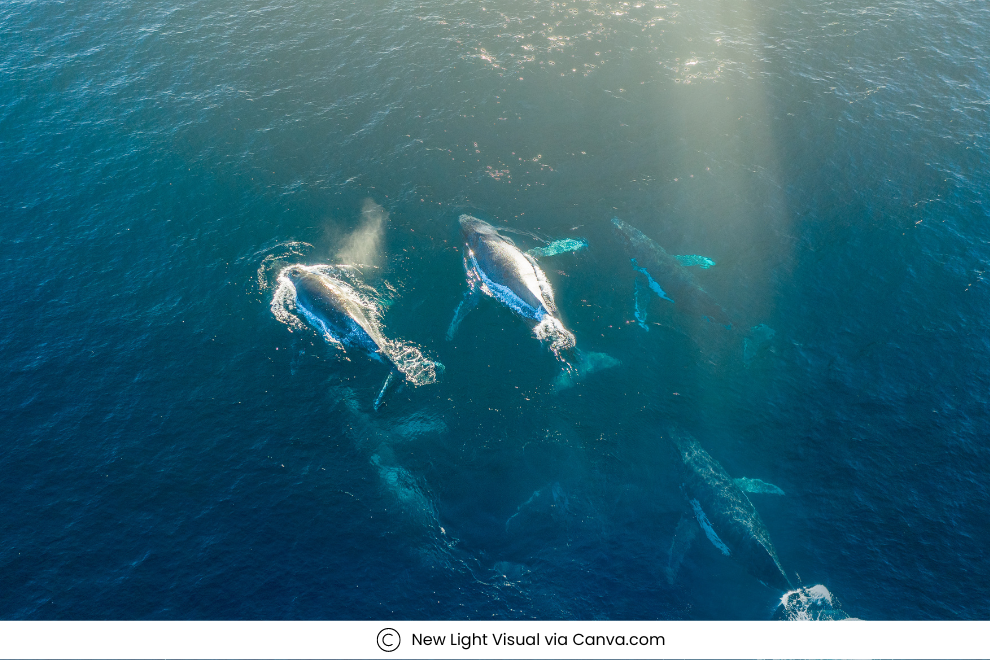
While the ice on Antarctica can lull you into thinking the world moves slowly here, there's a magnificent symphony unfolding in the waters below you as the largest mammals on earth go about their lives. The bewildering size and grace of the blue whales, orcas, humpbacks and others, is a sight to behold.
-
Humpback Whales: Colossal Breaths in Icy Waters
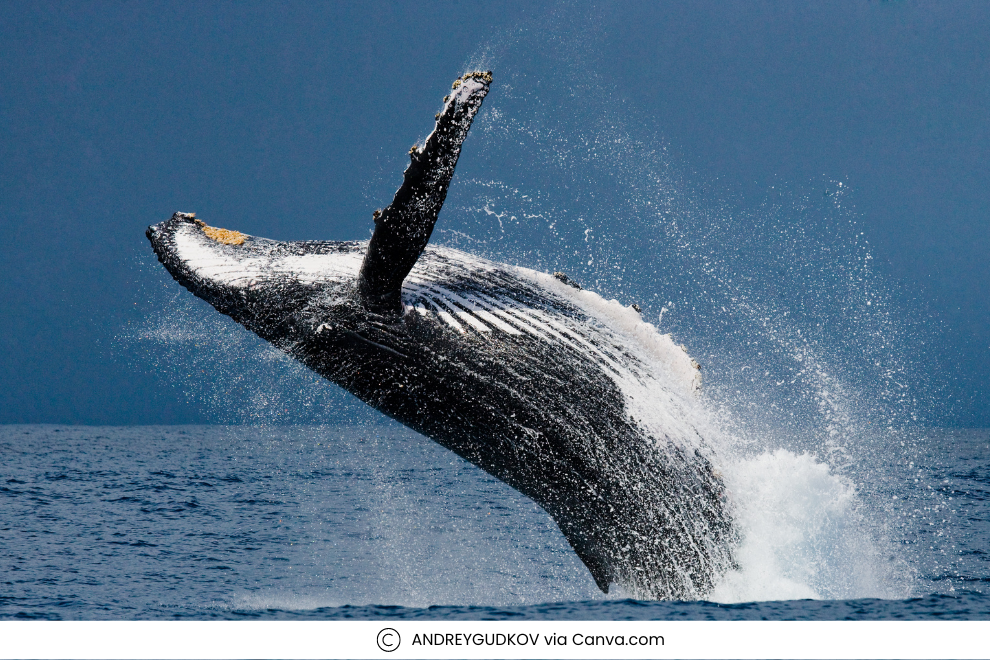
An Antarctic journey offers the chance to witness the awe-inspiring spectacle of humpback whales breaching the cool waters. These colossal creatures, known for their slow and shallow swimming style, are the stars of the show, their immense bodies breaking the surface and glistening in the Antarctic sun before gracefully crashing back into the icy depths. Travellers aboard Antarctic cruises are treated to optimal vantage points for observing these majestic creatures in their natural habitat.
-
Orcas: Marked Beauties of the Antarctic Waves
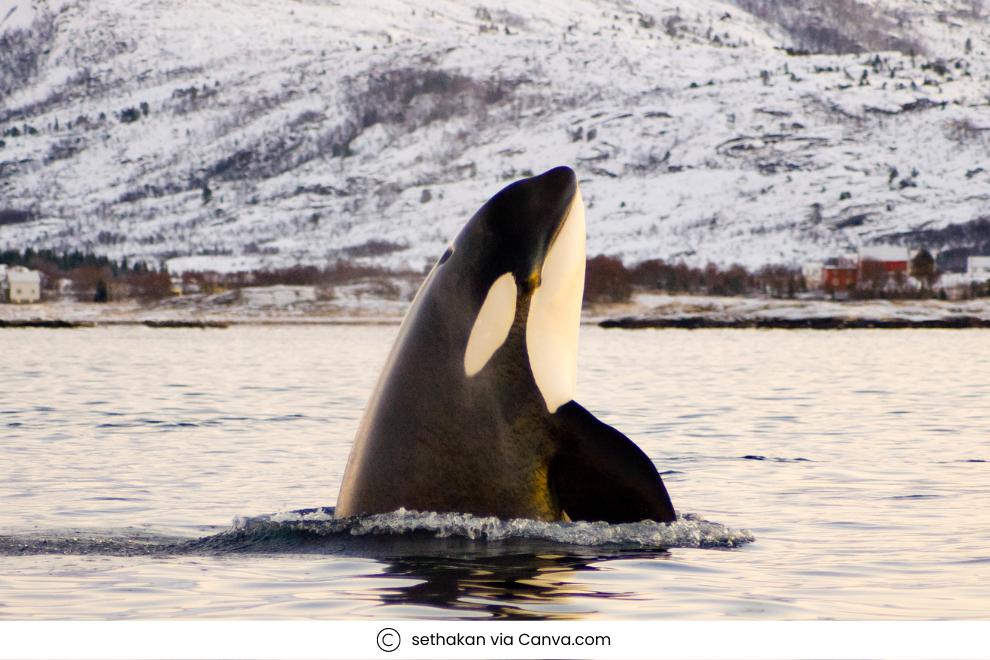
Among the distinctive residents of Antarctic waters, orcas stand out with their striking markings that set them apart from the ocean's other inhabitants. Adventurous souls kayaking on Antarctic waters may find themselves in the presence of these cunning creatures, as black and white bodies slice through the waves like living torpedoes, leaving kayakers with an unforgettable thrill.
UnWild Planet Rethinking Travel: Whale Watching - A Responsible Adventure

In the burgeoning industry of whale watching, Antarctic travellers must be mindful of the delicate marine ecosystems that host these magnificent creatures. Responsible whale watching is not just a choice but an imperative, minimizing potential disruptions to their habitats and ensuring the long-term survival of these marine giants.
Albatrosses: Masters of the Polar Skies
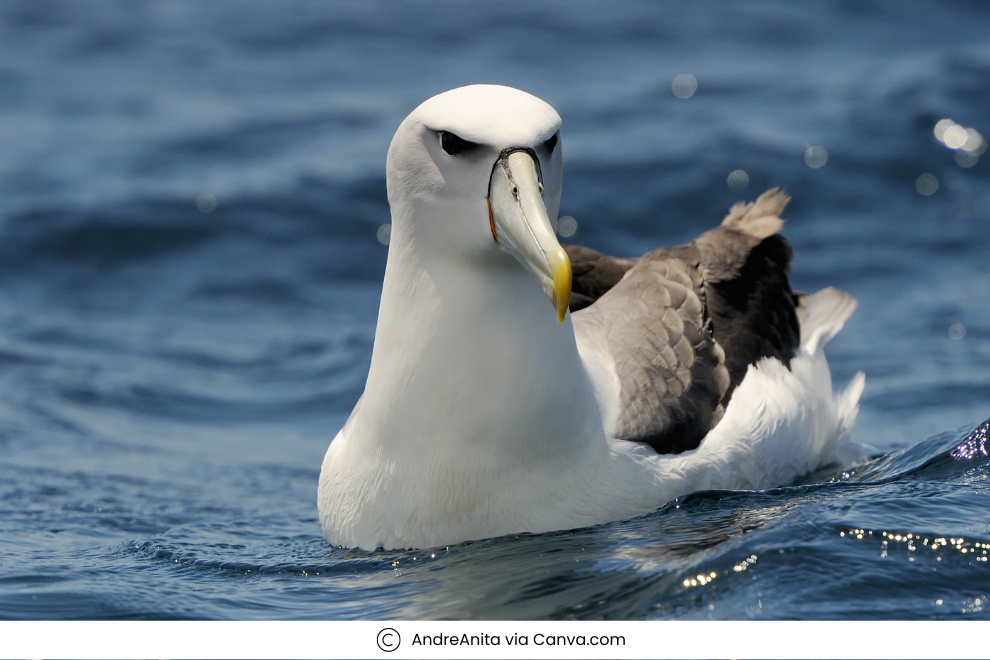
It's easy to forget to look up in Antarctica. But when you do, you might be graced by the presence of majestic albatrosses. As explorers embark on Antarctic journeys, particularly around the month of November, the opportunity to witness these seabirds in flight becomes an unforgettable highlight.
-
The Skyward Ballet: Albatrosses in Flight
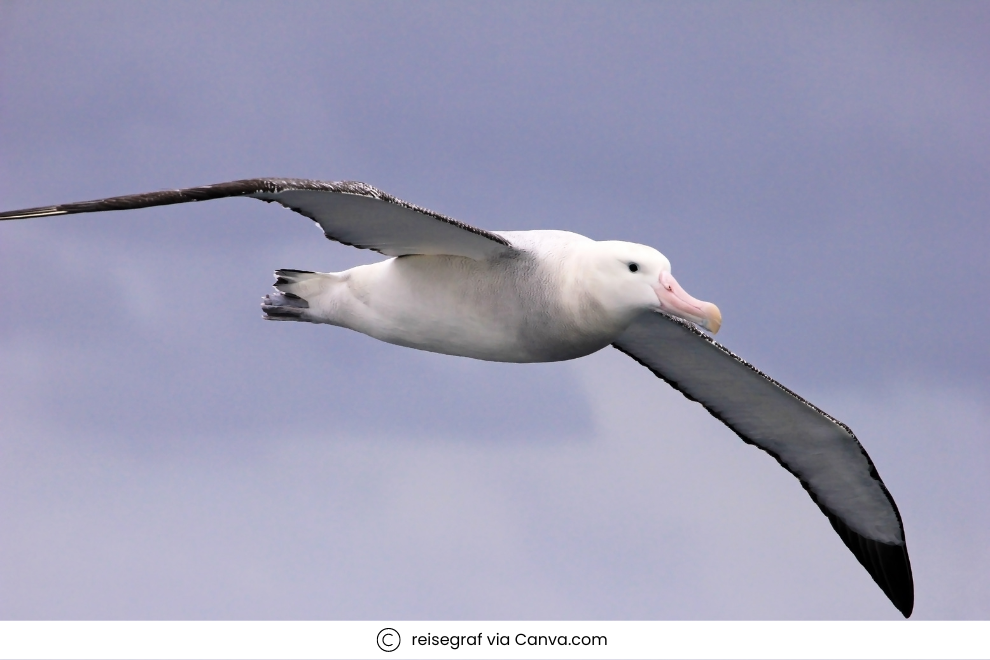
The Antarctic albatross takes centre stage as it effortlessly soars through the polar winds. Aboard your cruise ship, as you gaze skyward, these avian giants reveal themselves with wingspans that dwarf every other feathered inhabitant of the region. Their white heads and distinctive dark grey-brown upperwings, complemented by white underwings, create a striking contrast against the pristine Antarctic backdrop. When you get to your city, you'll feel that all birds are dwarves compared to what you witnessed in the Antarctic.
Timing the Encounter: November's Albatross Symphony
November is a prime month for catching a glimpse of the albatross. Their giant wingspan unfolds during the Austral spring. Cruising through Antarctic waters during this period provides an optimal vantage point for enthusiasts to marvel at the aerial prowess of these remarkable creatures.
The Lesser-known Inhabitants of Antarctica
-
Leopard Seals: Masters of Camouflage

The leopard seal is a master of camouflage, effortlessly navigating the solitary expanses of the Antarctic landscape. As apex predators, these smiling creatures not only contribute to the delicate ecological balance but also engage in a mesmerizing symphony of underwater songs during mating season. To catch a glimpse, explore Antarctica between November and March when they become more active.
- Antarctic Petrels: Ghostly Aviators Along Frozen Cliffs

Against the backdrop of ice cliffs, the Antarctic petrels unveil their ghostly flight, as their brown and white bodies contrast the pristine canvas of the continent. For the best chance to witness their elegant flights, plan your Antarctic expedition between December and February when these avian apparitions are most active.
-
Krill: Tiny Powerhouses Fueling Antarctic Life

Beneath the surface, the humble krill, shrimp-like crustaceans, emerge as the unsung heroes of the Antarctic ecosystem. Serving as the lifeblood of the food chain, they sustain a multitude of wildlife, from whales and seals to penguins and ice fish. To witness the intricate ballet of Antarctic life fueled by krill, embark on a journey between October and March, when the abundance of these tiny crustaceans sets the stage for a thriving ecosystem. As they drift near the water's surface, living off carbon dioxide and sunlight, they contribute to the balance that defines the Antarctic wilderness.
Rethinking Travel In Antarctica
Exploring the Antarctic isn't just a journey into the heart of a pristine wilderness. It's an exploration of our responsibility in preserving the integrity of diverse ecosystems. Through conscientious travel, we navigate the icy expanses with a commitment to minimize our footprint and maximize our positive impact. The call of the Antarctic is not just an invitation to witness, but an invitation to participate actively in the preservation of our planet's most enchanting corners.
Ready to embark on your next adventure? Fill out the form below and let our experts curate your dream getaway!
All Fields are mandatory* -
